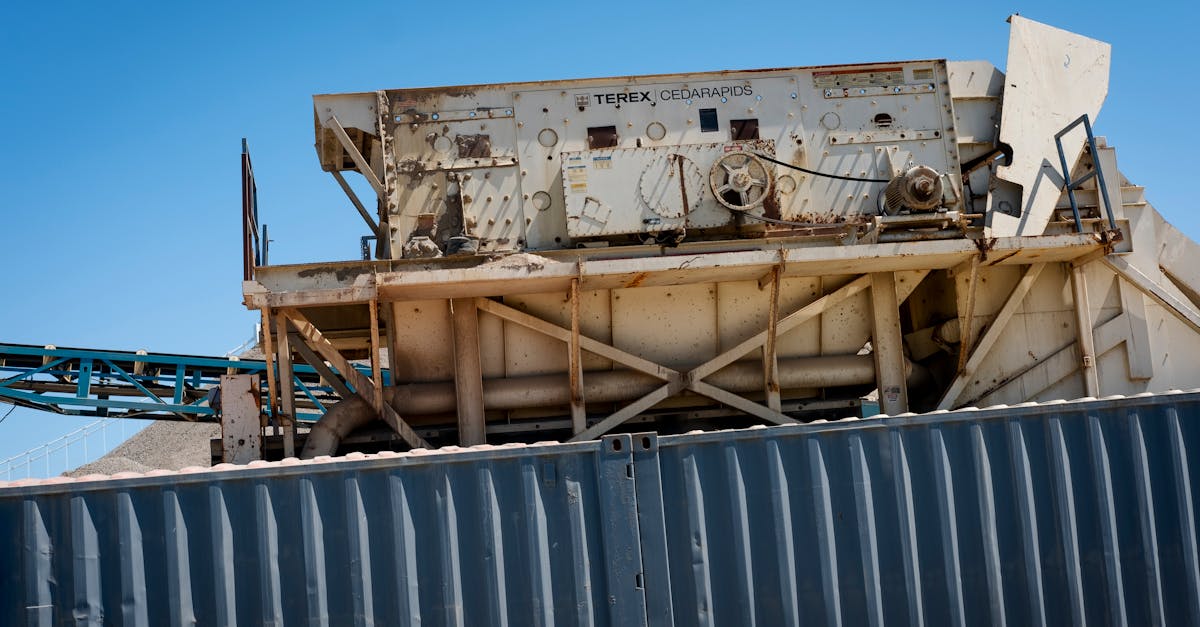Today we're taking a closer look at BHP Group, a metals & mining company whose shares have climbed 3.2% to a price of $50.05, which is 27.12% below their average analyst target price of $68.67. The average analyst rating for the stock is buy. BHP outperformed the S&P 500 index by 1.2% during today's afternoon session, and by 19.7% over the last year with a return of 3.3%.
BHP Group's trailing 12 month P/E ratio is 6.3, based on its trailing Eps of $7.98. The company has a forward P/E ratio of 24.5 according to its forward Eps of $2.04 -- which is an estimate of what its earnings will look like in the next quarter.
The P/E ratio is the company's share price divided by its earnings per share. In other words, it represents how much investors are willing to spend for each dollar of the company's earnings (revenues minus the cost of goods sold, taxes, and overhead). As of the third quarter of 2022, the basic materials sector has an average P/E ratio of 8.57, and the average for the S&P 500 is 15.97.
To gauge the health of BHP Group's underlying business, let's look at gross profit margins, which are the company's revenue minus the cost of goods only. Analyzing gross profit margins gives us a good picture of the company's pure profit potential and pricing power in its market, unclouded by other factors. As such, it can provide insights into the company's competitive advantages -- or lack thereof. BHP's average gross profit margins over the last four years are 84.0%, which indicate it has a potential competitive advantage in its market. The company's margins demonstrate a regular growth trend of 1.2% during this time.
Another key to assessing a company's health is to look at its free cash flow, which is calculated on the basis of its total cash flow from operating activities minus its capital expenditures. Capital expenditures are the costs of maintaining fixed assets such as land, buildings, and equipment. From BHP Group's last four annual reports, we are able to obtain the following rundown of its free cash flow:
- 2021 free cash flow: 26,063,000,000.00 %
- 2020 free cash flow: 21,430,000,000.00 %
- 2019 free cash flow: 9,539,000,000.00 %
- 2018 free cash flow: 10,748,000,000.00 %
- Average free cash flow: 26,063,000,000.00 %
- Average free cash flown growth rate: 45.0 %
- Coefficient of variability (the lower the better): 47.8 %
With its positive cash flow, the company can not only re-invest in its business, it can offer regular returns to its equity investors in the form of dividends. Over the last 12 months, investors in BHP have received an annualized dividend yield of 6.7% on their capital.
Value investors often analyze stocks through the lens of its Price to Book (P/B) Ratio (its share price divided by its book value). The book value refers to the present value of the company if the company were to sell off all of its assets and pay all of its debts today - a number whose value may differ significantly depending on the accounting method. BHP Group's P/B ratio indicates that the market value of the company exceeds its book value by a factor of 2, so the company's assets may be overvalued compared to the average P/B ratio of the Basic Materials sector, which stands at 1.86 as of the second quarter of 2022.
BHP Group is by most measures undervalued because it has a very low P/E ratio, an average P/B ratio, and a steady upwards trend of positive cash flows. The stock has mixed growth indicators because of its strong gross margins that display an upwards trend, and no published PEG ratio. We hope you enjoyed this overview of BHP's fundamentals. Make sure to subscribe to our free newsletter for daily equity reports.


